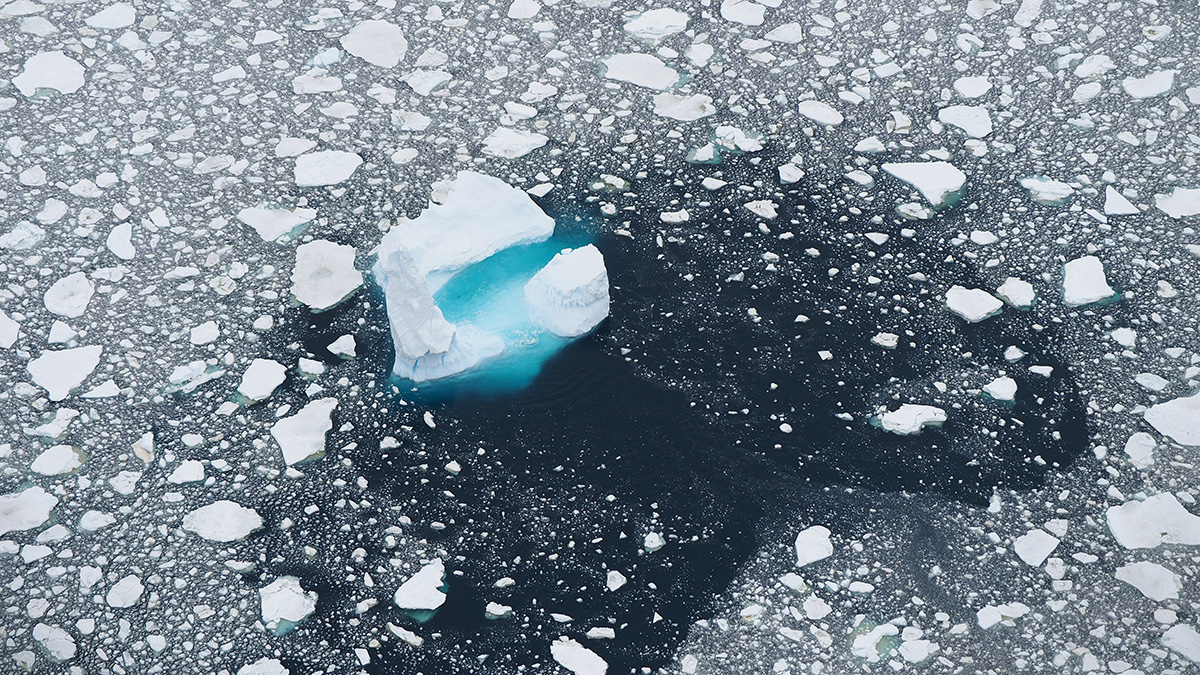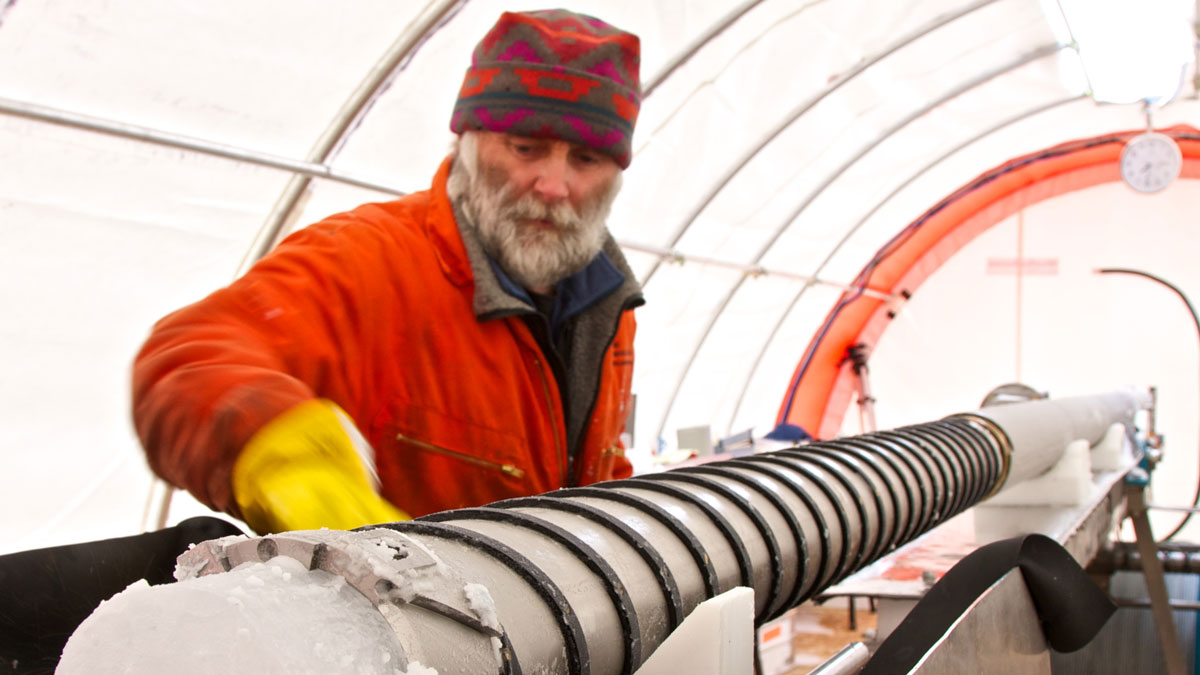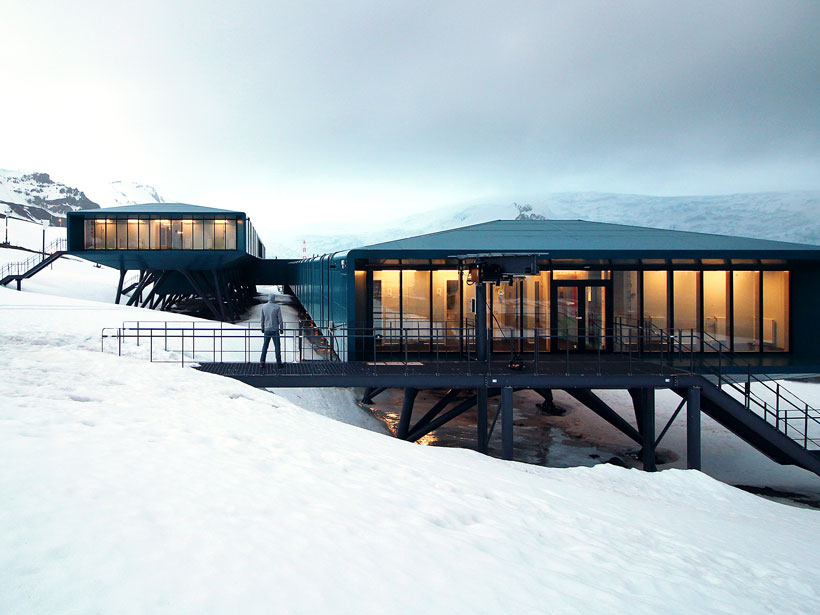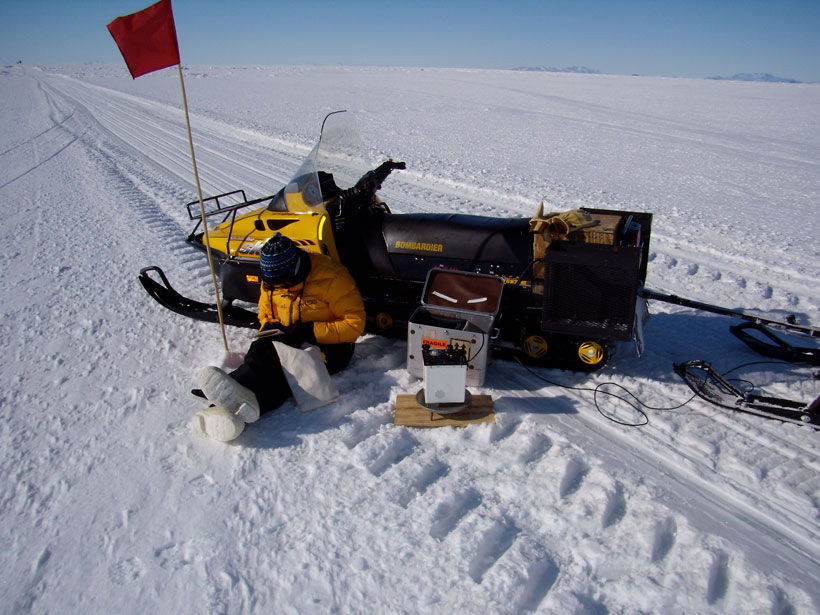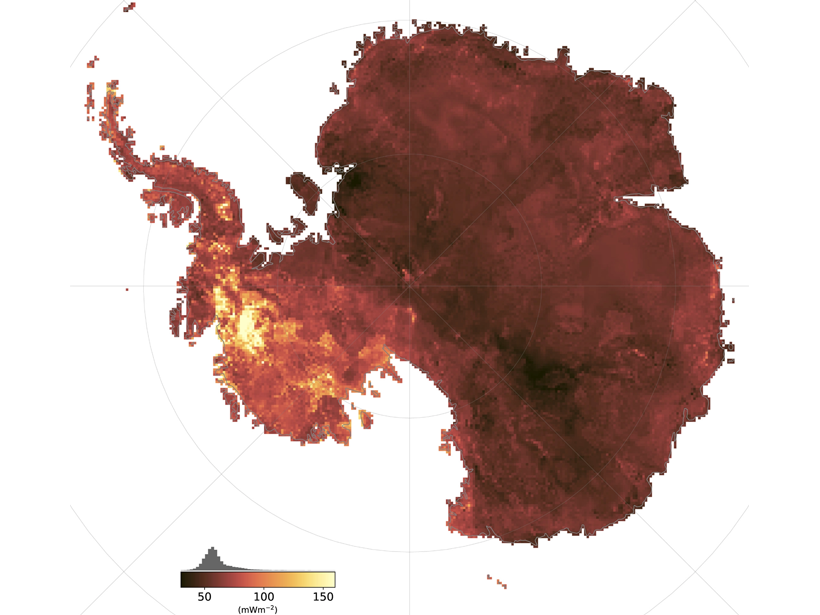Recent research offers new insights on Antarctic sea ice, which, despite global warming, has increased in overall extent over the past 40 years.
Antarctica
The Uncertain Future of Antarctica’s Melting Ice
A new multidisciplinary, international research program aims to tackle one of the grand challenges in climate science: resolving the Antarctic Ice Sheet’s contribution to future sea level rise.
Charting the “Bloody” Brine Flows from an Antarctic Glacier
Photographs and field observations yield a more complete historical record of the ebbs and flows of the so-called Blood Falls on Taylor Glacier.
Current History: Exploring the Past of the Tasman Leakage
A new study sheds light on an important Pacific-to-Atlantic connecting current, including the global changes that led to its flowing that ushered in near-modern ocean circulation.
Māori Arrival in New Zealand Revealed in Antarctic Ice Cores
A new study shows smoke from fires set by the first inhabitants of Aotearoa from around 1300 left a mark in the ice 6,000 kilometers away, on an island off the Antarctic Peninsula.
New Insights into Polar Stratospheric Clouds
New satellite observations of polar stratospheric clouds have advanced our understanding of how, when, and where they form, their composition, and their role in ozone depletion.
Brazil’s Antarctic Station Rises from the Ashes
The sophisticated new research station will allow for better science on the icy continent.
South Pole Ice Core Reveals History of Antarctic Sea Ice
Every summer, most of the sea ice near Antarctica melts away, but its saltiness leaves a permanent record that scientists can trace back for millennia.
A Vital Resource Supporting Antarctic Research
The U.S. Antarctic Program Data Center is providing new services to help scientists document, preserve, and disseminate their research and to facilitate reusability of a wide range of valuable data.
Taking the Temperature of Antarctica’s Crust
How do you measure the geothermal heat flux in a continent covered by an ice-sheet? A new study uses correlations of diverse global observables and produces a heat flow map of the entire Antarctica.

